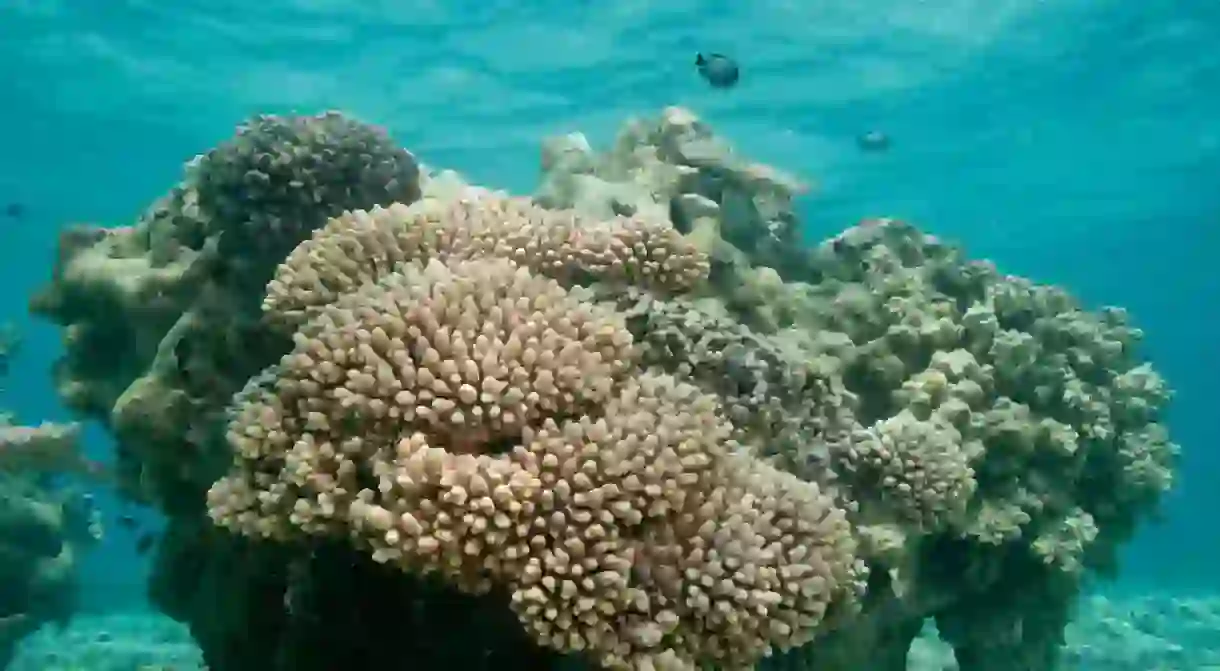Obama Creates The Largest Protected Marine Area In The World

President Obama is taking one of the biggest steps in American presidential history to preserve marine life. Continuing his legacy of conservation and climate change, he will be expanding the Papahānaumokuākea Marine National Monument from 139,797 to 582,578 square miles, making it the largest protected area in the world.
Located off the coast of Hawaii, Papahānaumokuākea is home to over 7,000 species – a quarter of which aren’t found anywhere else on the planet – along with 14 million nesting seabirds from 22 different species, black coral (the world’s oldest organism), and some of the rarest species on the planet, with new discoveries every day such as the ghost octopus, discovered this year.
Established ten years ago by President George W. Bush, Papahānaumokuākea protects thousands of miles of ocean as well as the Northwestern Hawaiian Islands – a 1,200-mile-long string of islands northwest of Oahu. Since 1909, seven different US presidents, including Obama, have taken action to help preserve this area of Hawaii, considered one of the most biologically diverse ecosystems in the world, with newly discovered, endangered, and rare species, including the Hawaiian monk seals, green sea turtles, and Laysan albatrosses, critical to future generations.
Daniel Wagner, a researcher at the National Oceanic and Atmospheric Administration who has conducted biological research in the area, states that ‘we’re seeing a lot of life, a lot of new life and a lot of very old life… things have not been disturbed for a very long time.’ Many other scientists, environmentalists, and Native Hawaiian activists argue that these recent discoveries are threatened by offshore mining and climate change, like warming sea temperatures and rising sea levels, and that we need to do everything to protect this area. Obama agreed, pressing the importance of the region and that it’s ‘in the public’s interest to preserve the marine environment’ – the new expansion will prohibit commercial fishing and deep-sea mining (with some exceptions, like recreational fishing, which will require a federal permit).

Despite protests by commercial fishermen, the current reserve will be quadrupled in size; while some activists claim there are about 350-380 more miles of marine life outside federal waters that still needs protection, it’s considered one of the most important actions yet for the health of the oceans. Matt Rand of Pew Charitable Trusts’ Global Ocean Legacy reminds us that biologically rich ecosystems like this ‘offer a glimpse of what our planet was like before the impacts of human activity, and it is critical that we preserve places in this way, both as a window to the past and for future generations.’













